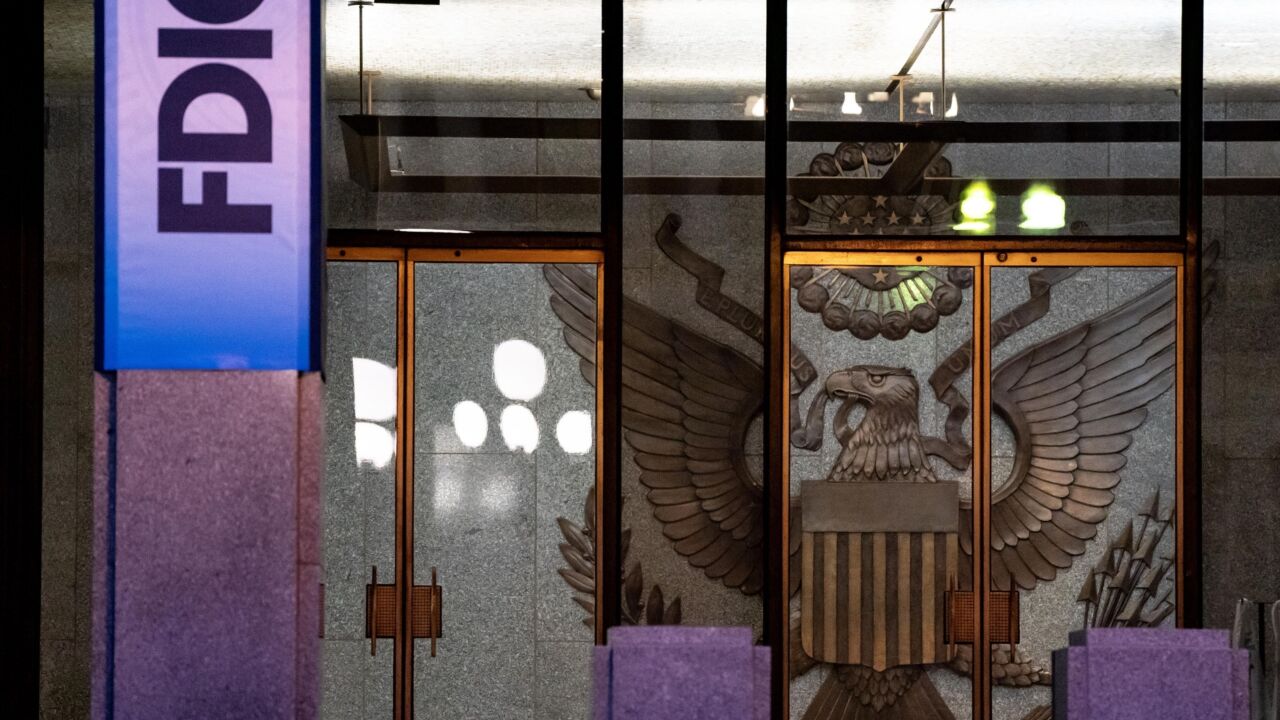The payments ecosystem is vast and the complexity is only heightening, but with the right integration of hardware and software solutions providers can empower retailers to not only improve in-store experiences but enhance data collection and the ability to analyze customer behaviors.
For the next year, the key trends are improving the checkout process with frictionless payments solutions and seamless experiences via a unified commerce approach.
When today’s consumers shop, they don’t just look for a good price, they also expect a seamless, personalized and efficient experience. If you have visited the Apple store or many restaurants in Europe, check out via a handheld device is nothing new, but the adoption in the U.S. market is still just evolving. Brands are getting more in tune with understanding that there is value in meeting a customer real-time as they are experience delight in-store and they can improve conversion rates by harnessing the opportunity help customers “capture” the moment.

The road to cashless payments is part of capturing that moment. Although numerous mobile wallet payment systems have been introduced to the market, including Apple Pay, PayPal, Google Wallet, Samsung Pay and more, consumer and retailer adoption still has a long way to go. According to the Federal Reserve, they estimated there would be $616.9 billion in cashless transactions in the U.S. in 2016, 10 times the approximate $60 billion in cashless transactions recorded in 2010, but still only about 1% of the market.
Apply Pay alone is reporting a growth of one million new users per week, and this technology will continue to convert users in the coming year. Further driving innovation in mobile payments, credit card companies are also more proactively teaming up to introduce their own branded contactless payment capabilities. During the 2016 Olympics,
Chip cards are also impacting user experience. While finding ways to improve security continues to leave at the forefront of solution providers and credit card companies, the EMV chip still hasn’t figured out how to lessen frustration for consumers at check-out. According to a recent Cayan survey of 1,000 consumers, 63% of shoppers experience some level of frustration waiting for chip card transactions prompting shoppers to potentially abandon the purchase.
At an average of 3.6 seconds per transaction, and the trickle down effect it causes at check-out lines, companies are working hard to speed up that transaction time through faster EMV processing. Nearly a quarter of customers say that a wait time of between 5-20 seconds for EMV/Chip Card transactions means that they would reconsider shopping at that retailer in the future. Finding a way to protect security integrity, yet improve speed will significantly improve customer satisfaction and loyalty.
Payments companies are improving each year at the roadmap for 2017 is just starting. By expanding their mobile offerings, and building mobile commerce capabilities, retailers are equipped to give consumers today’s consumer with high expectations a better holistic experience.





